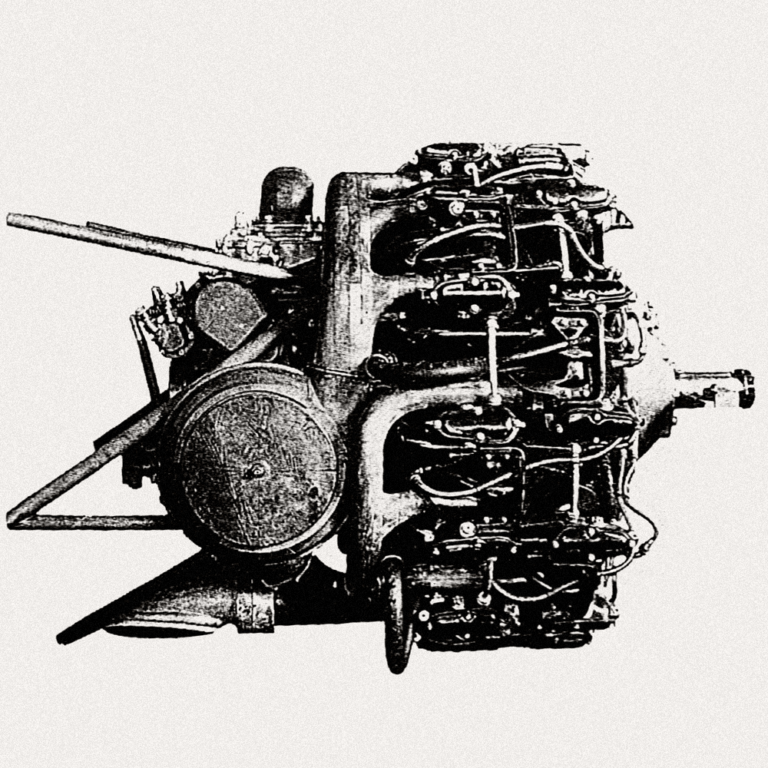Ishikawajima | Kūgishō | Mitsubishi | Nakajima | Navy
What Was the A6M4?
The A6M4 is an “unknown” variant of the Zero Fighter that has been described as a variety of things over the years. The most common theory in English writing is that A6M4 was a designation for a type of Zero fitted with a turbocharger to its Sakae engine. Another common theory is that the number…

